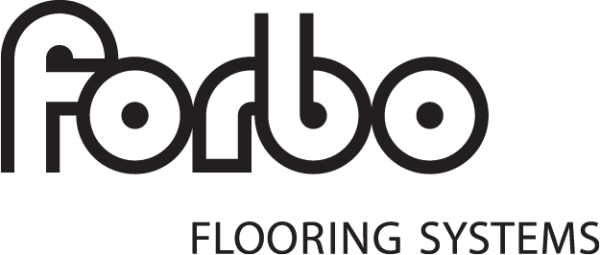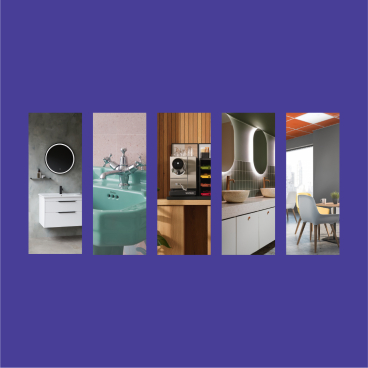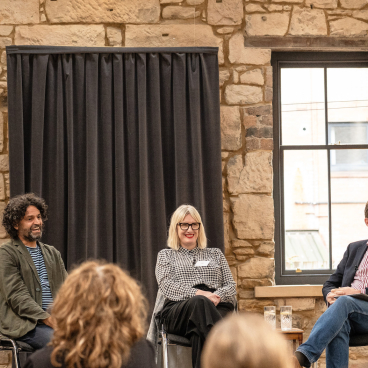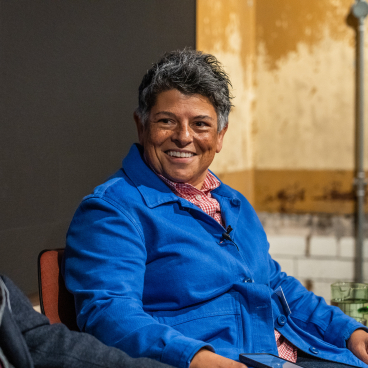What is Glasgow’s Property Outlook? The good, the bad, and the future.
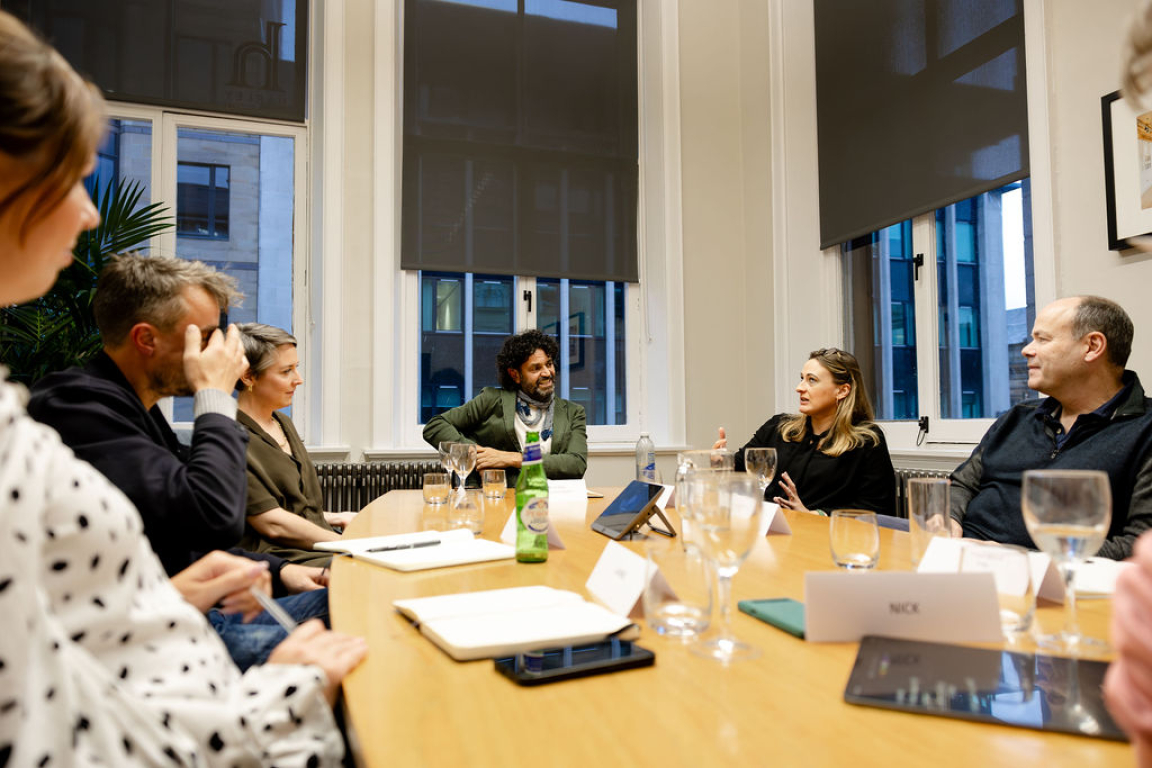
Following on from our recent seminar on Glasgow’s Property Outlook, we continued the discussion with a roundtable on the same topic, inviting six built environment professionals to offer their unique perspective on the city’s current cultural and economic climate, particularly from an investment point of view.
Despite factors such as the pandemic having affected all UK cities, Glasgow has been in the spotlight as the choice location for high profile, multimillion pound re/development projects including Barclay’s campus and Bruntwood SciTech’s Met Tower. Our guests discussed how this type of activity has impacted the city in a positive way, as well as highlighting some areas for improvement, and looking to the future, in conversation with Material Source director, David Smalley, at Harley Haddow’s workspace – thank you to the team there for hosting us. A snapshot of the discussion is summarised below.
Our guests
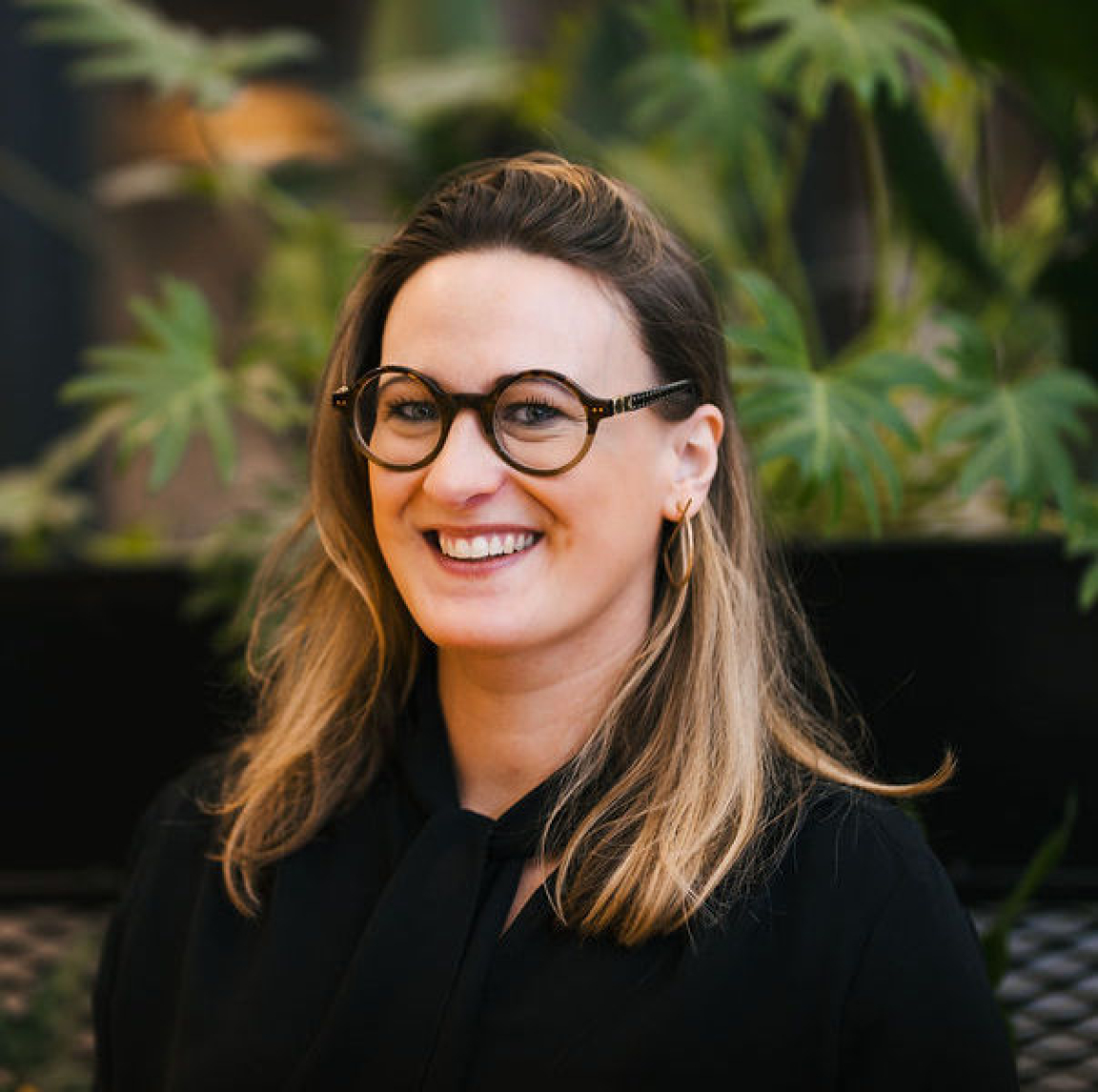
Lucy Galloway, strategic consultant, Michael Laird Architects

Sam Brown, director, O'DonnellBrown
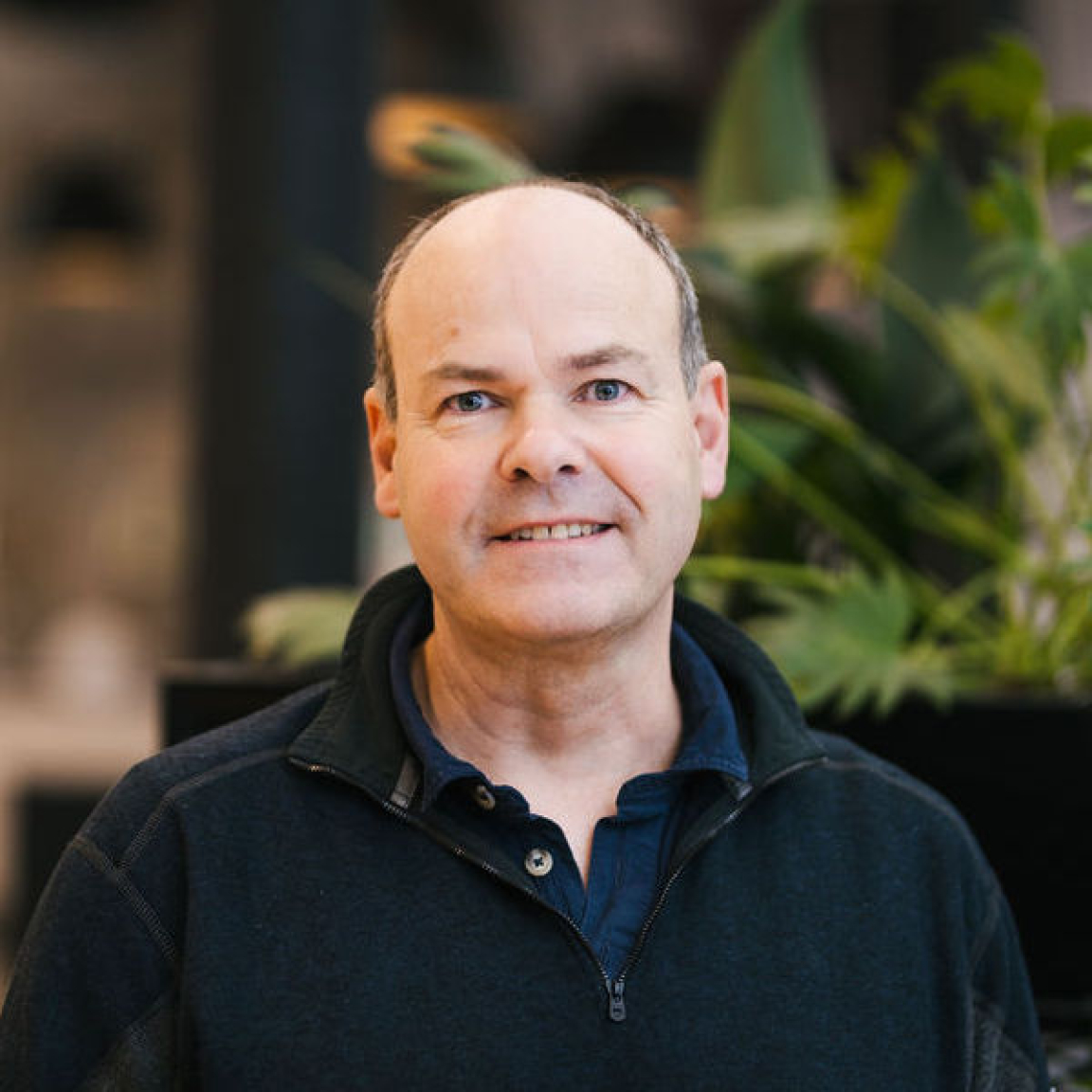
Alisdair Gunn, director, Glasgow City Innovation District
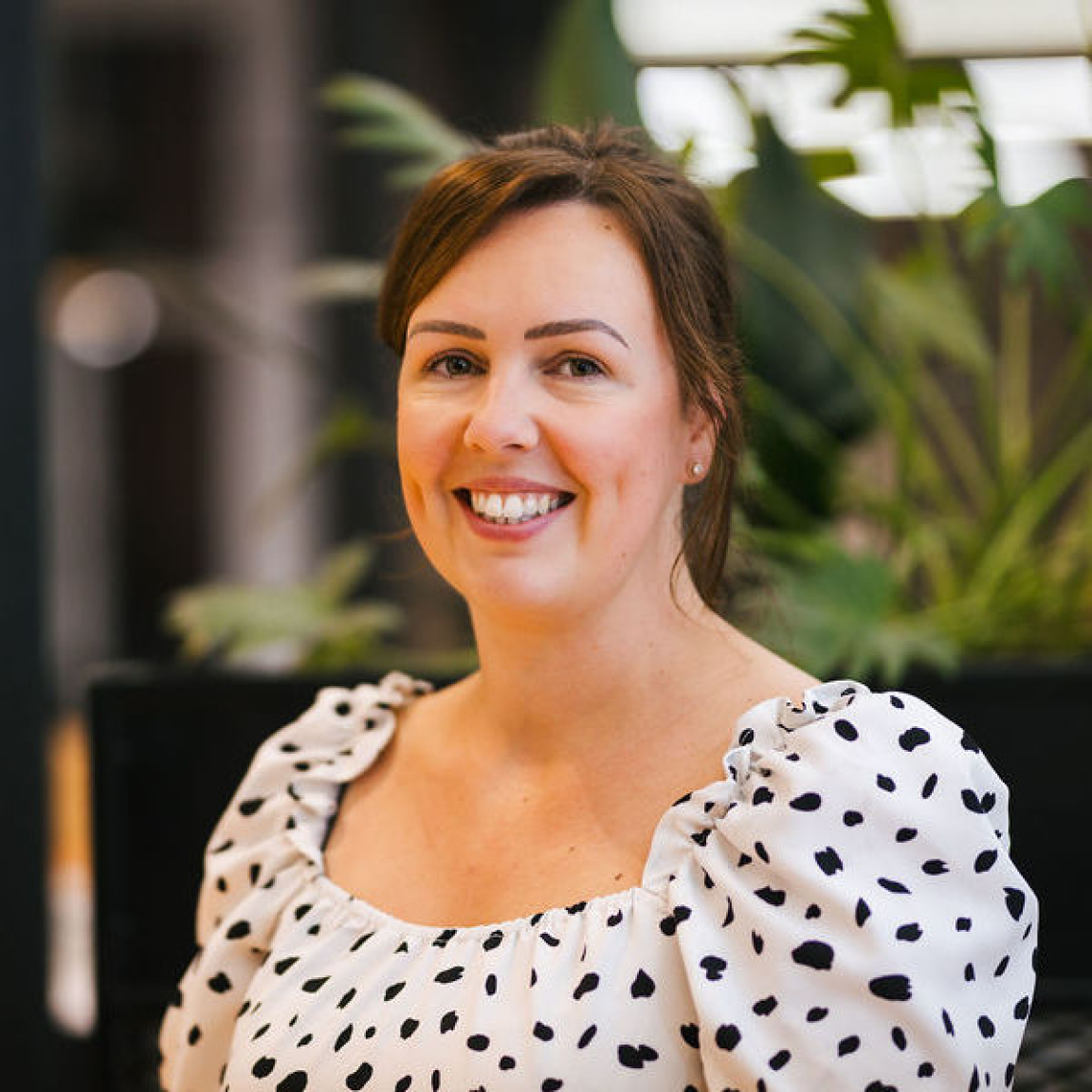
Lianne Timney, director, Reid Mitchell Ltd
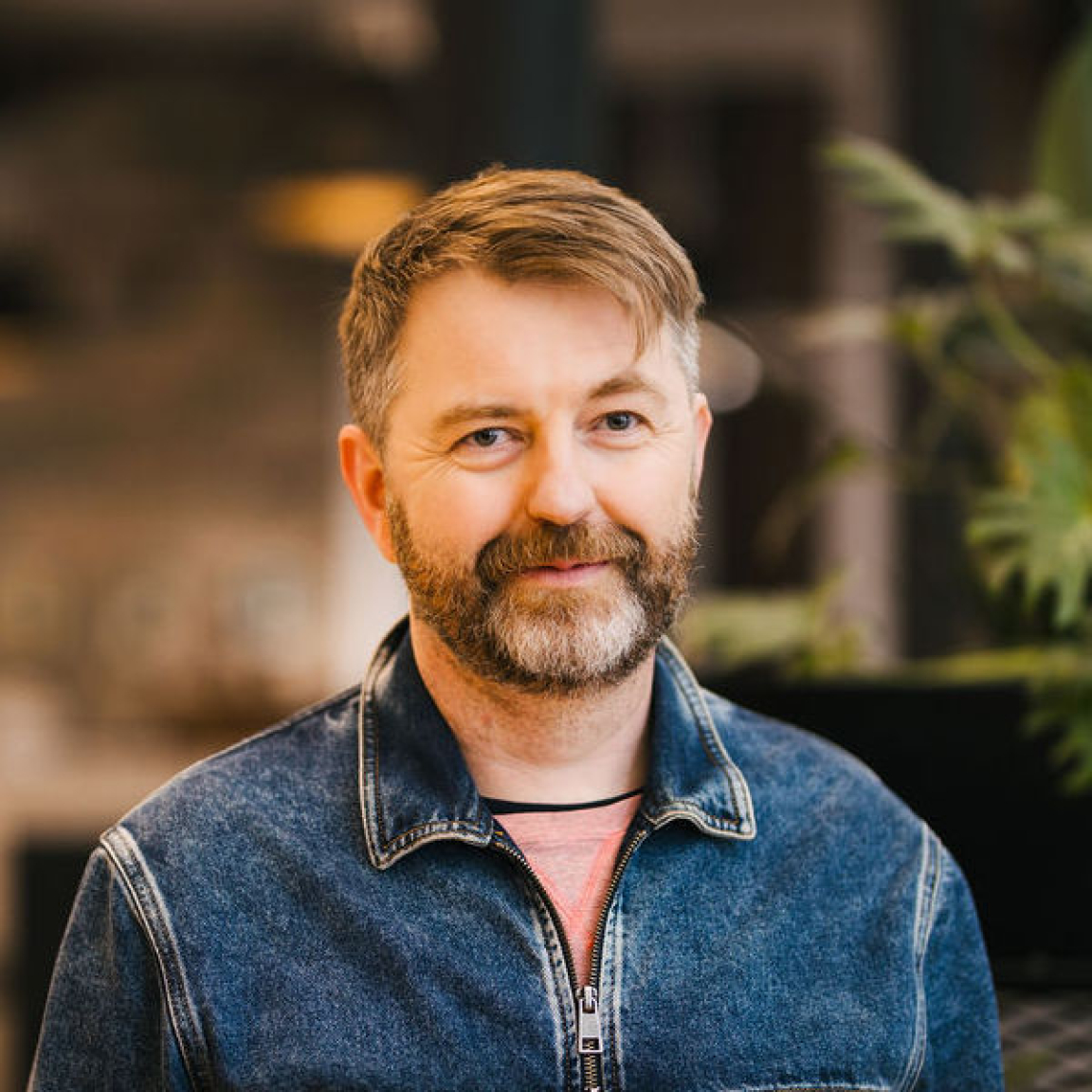
Nick Walker, director, Built Heritage & Townscape, Iceni Projects
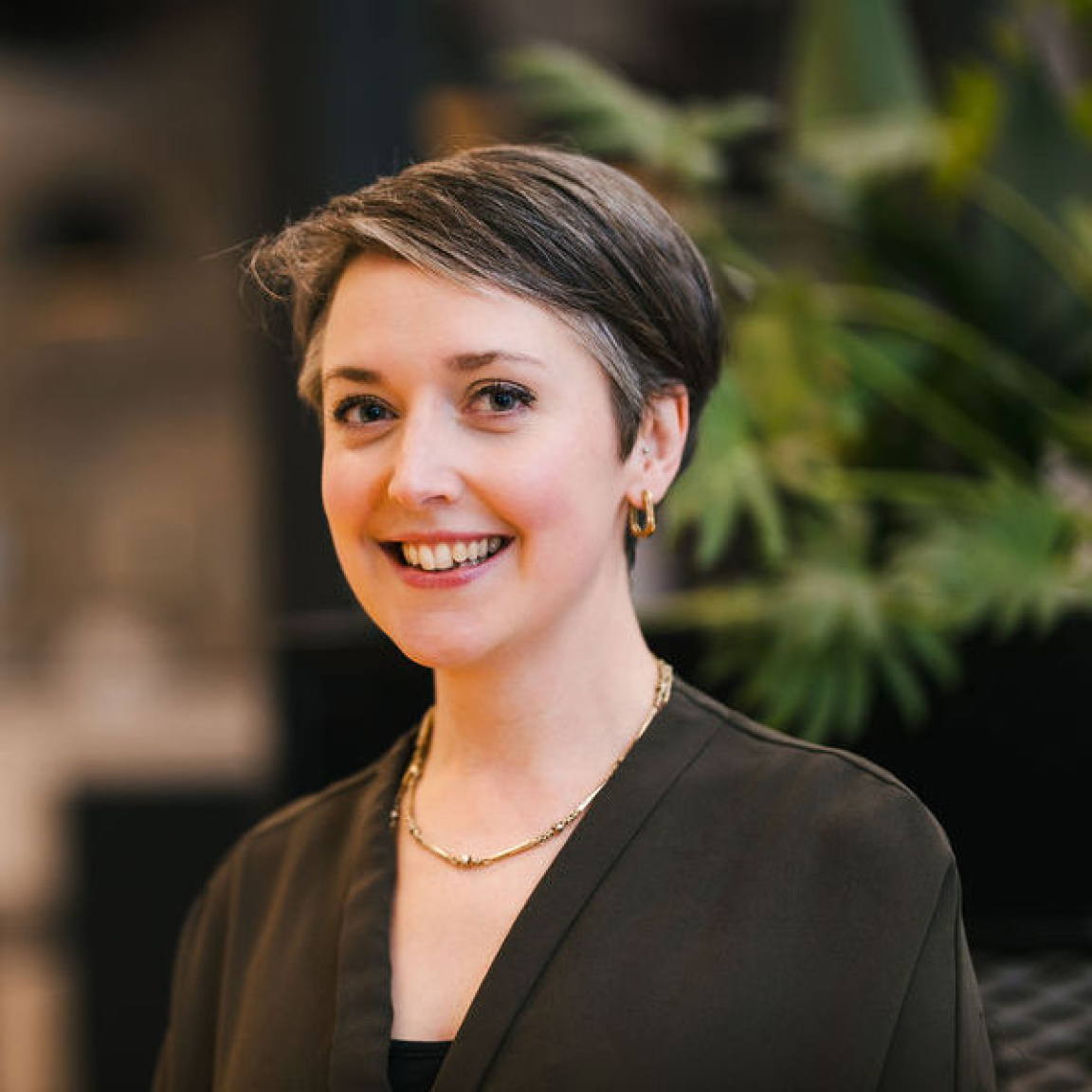
Sophie Simpson, associate, Cundall
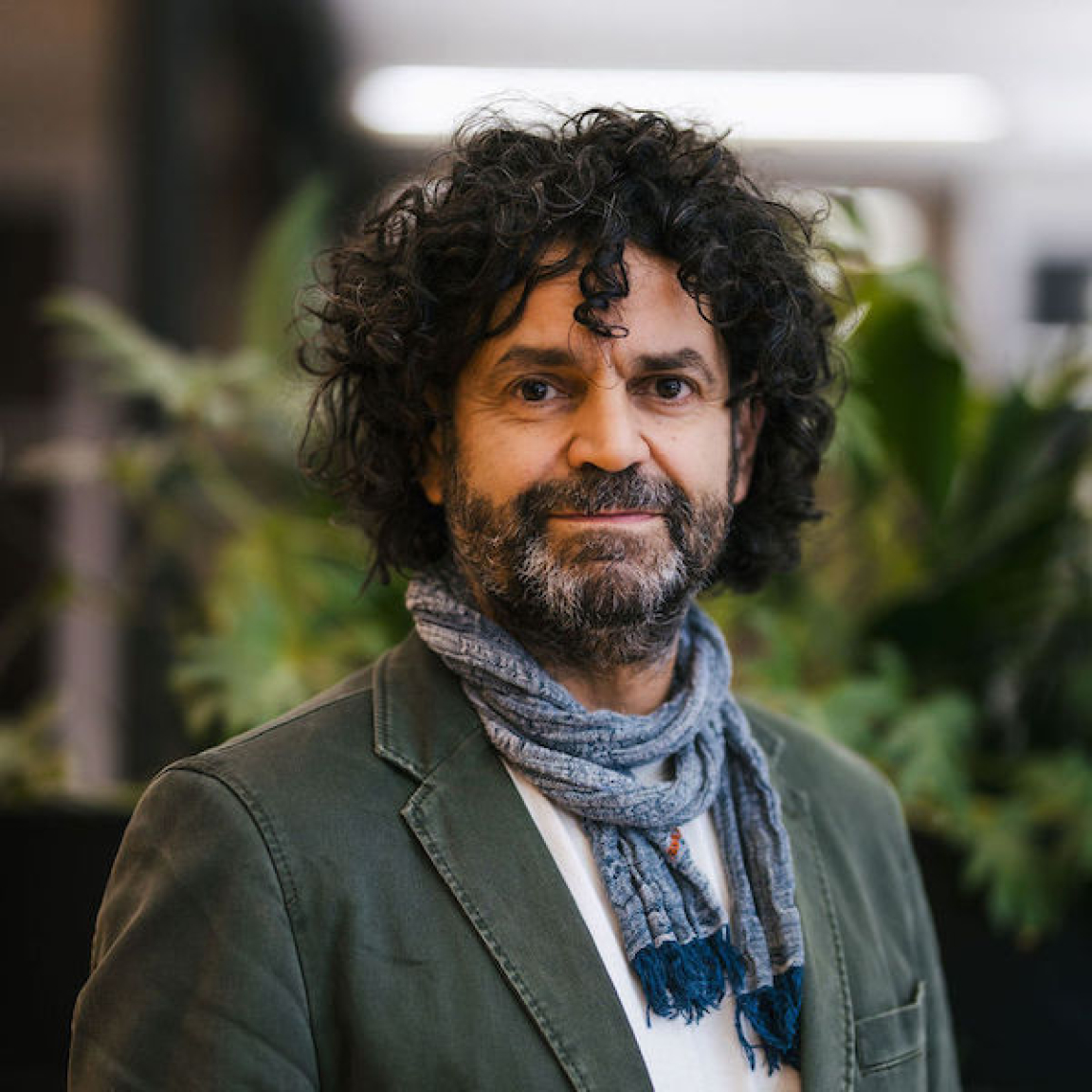
David Smalley, director, Material Source
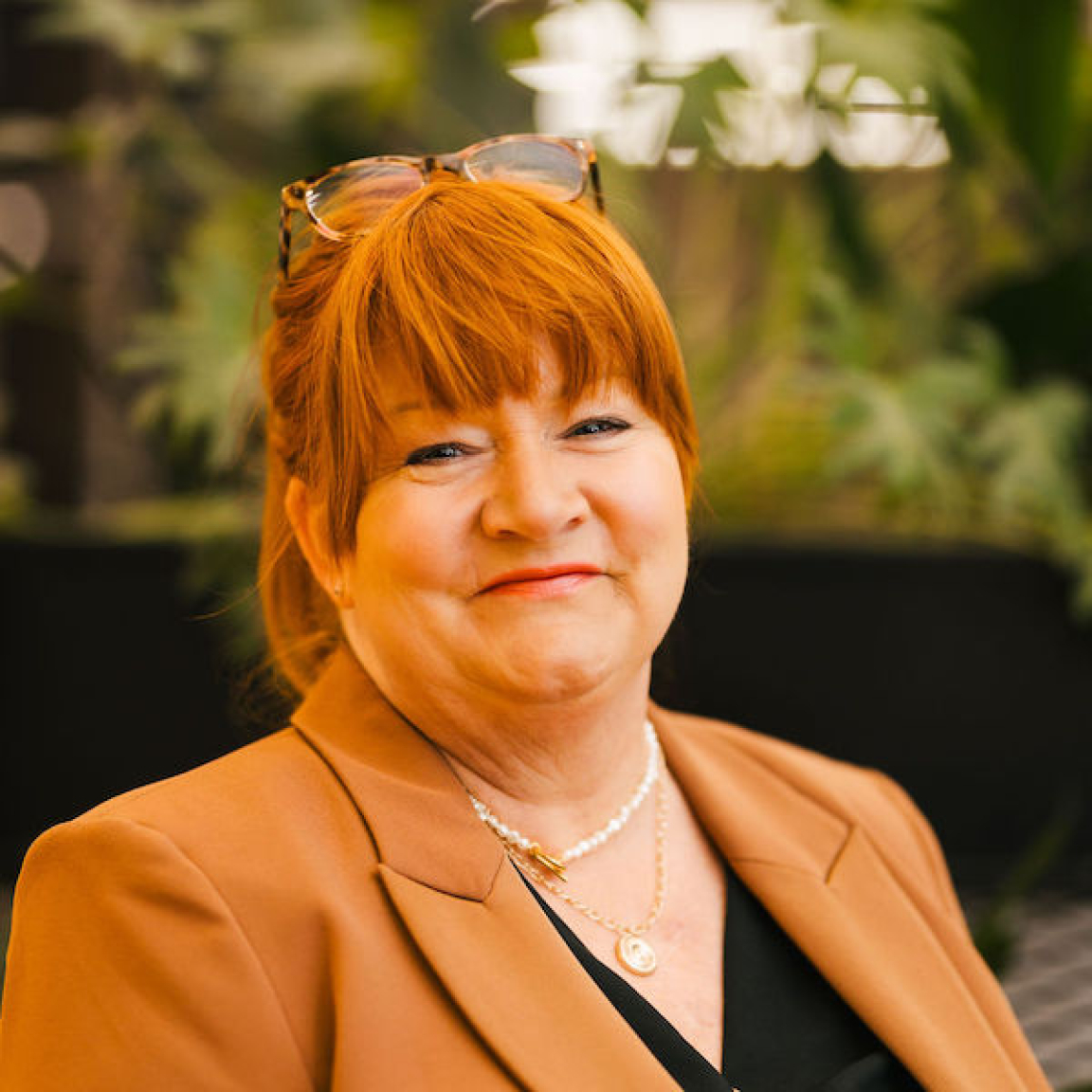
Philippa Nicholl, specification manager, Forbo Flooring Systems
A city built on culture
To begin, David asked: “Why do people come to Glasgow?”
Nick Walker, director of built heritage & townscape, Iceni Projects, put it down to also being about people, “Glasgow people are adverts for their own city. Though the city has had a fairly troubled history from a cultural and social point of view, it bats above its weight, being visible on the world stage. And that’s been supported by things like the Commonwealth Games, the recent UCI Cycling World Championships, which saw a massive turnout of international and local spectators, and the music scene. Glasgow’s Hydro at the SEC is the the second busiest arena venue in the world. It’s got a huge number of restaurants - a draw for international conferences.”
“There is no ego or arrogance in this city”, agreed Sam Brown, co founder, O’DonnellBrown. “There’s an overriding sense of pride. Because of the city’s troubled past, as Nick mentioned, there is a modesty, but also a confidence that comes through. When it’s said that the people make Glasgow, that is absolutely true. And whenever you speak to someone outside of the city, they always think of Glasgow as a really friendly place. This, and the cultural associations are attractive to investors.”
“Glasgow has worked hard though, hasn’t it?” asked David.
“It’s grafted”, replied Lucy Galloway, strategic consultant, Michael Laird Architects, which has offices in Glasgow, Edinburgh and Manchester. “It’s hard not to make comparisons between the cities when you’re a small country, but Glasgow and Edinburgh are like chalk and cheese. And it comes down to price in some way. It’s cheaper to live Glasgow than it is in Edinburgh – although it’s catching up – but it is seen as more affordable and therefore more appealing.”
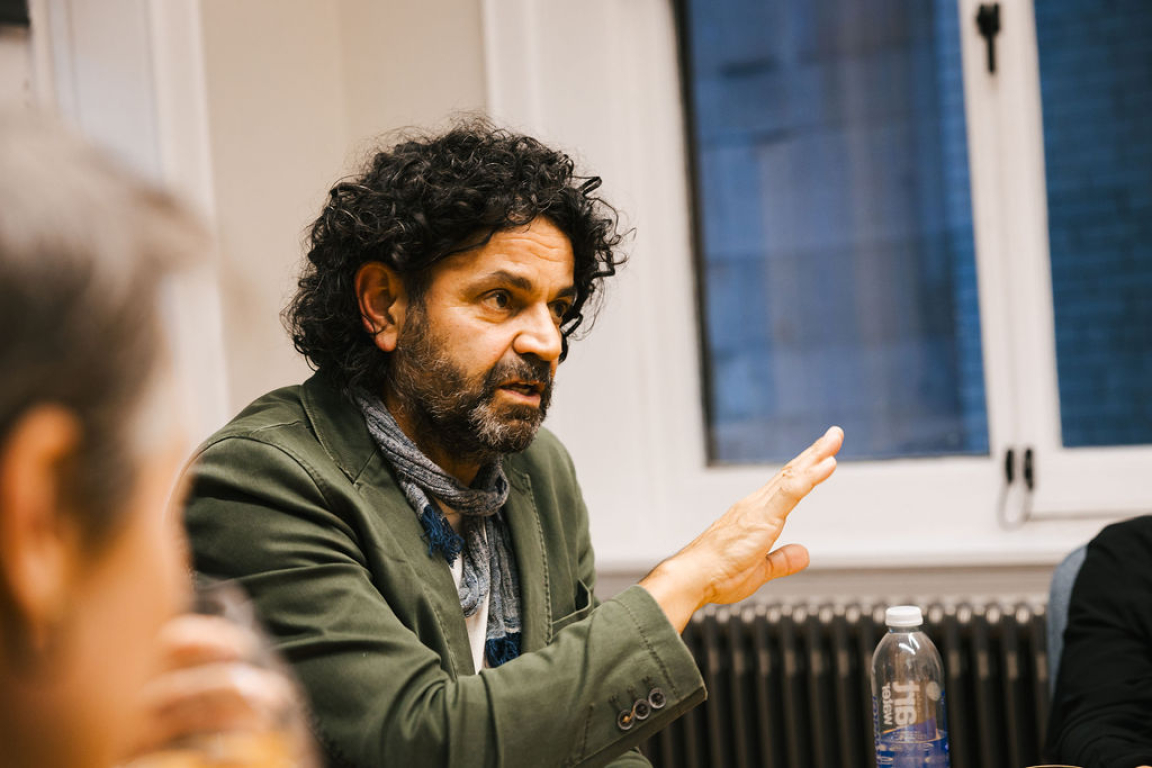
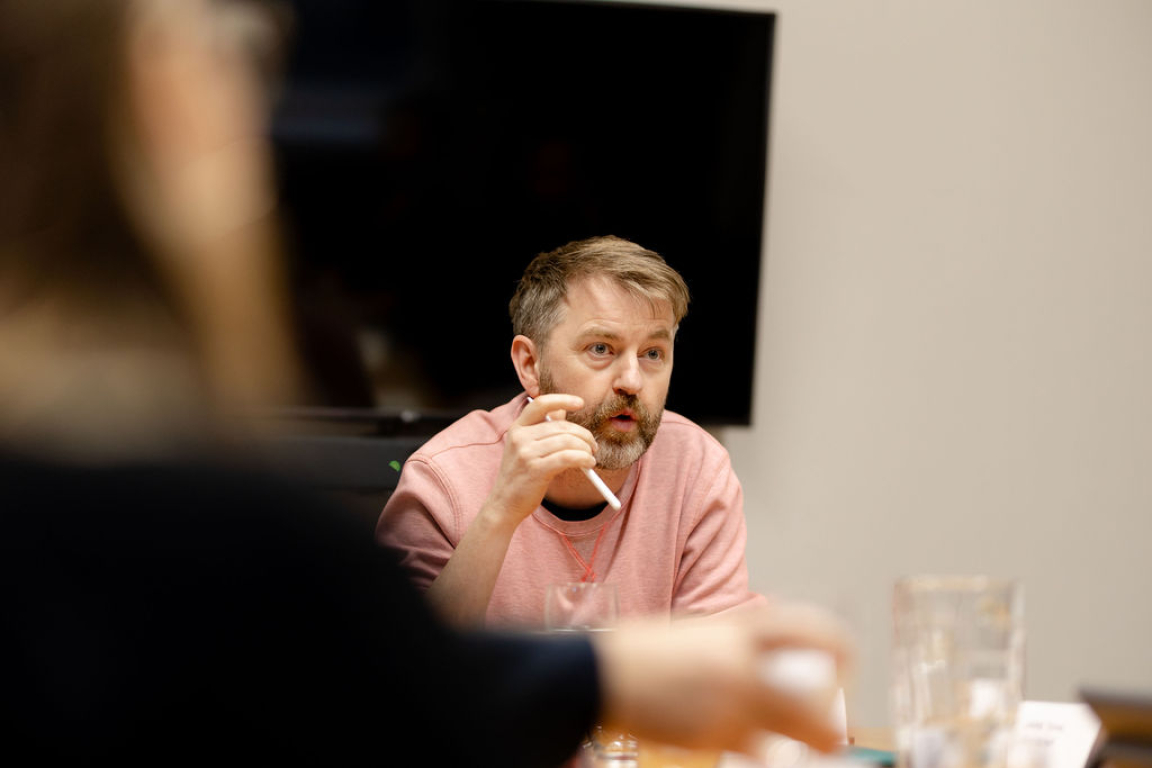
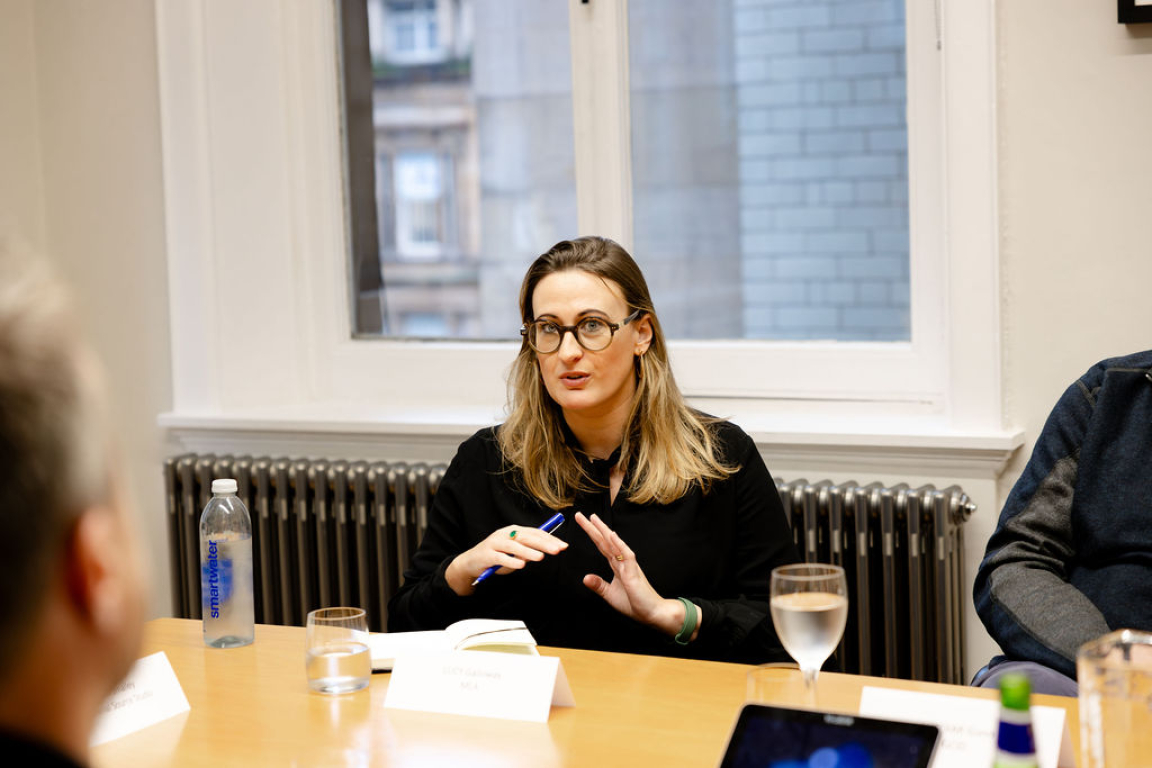
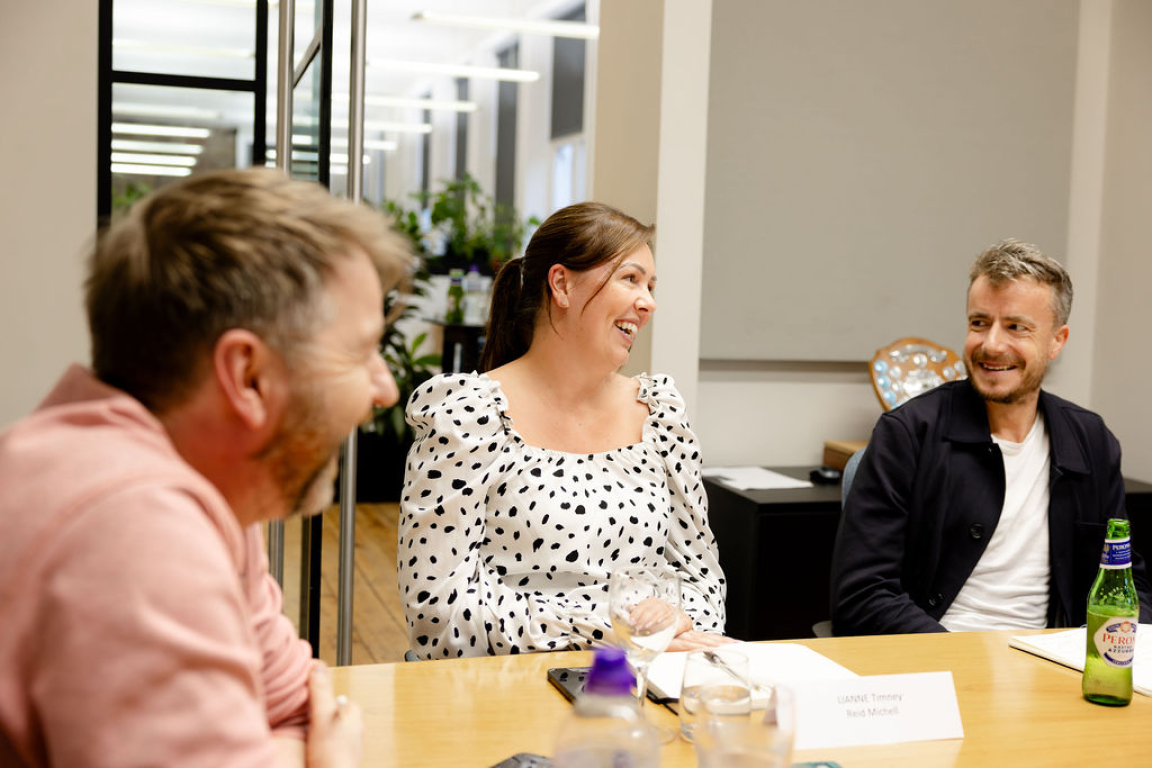
The best of both worlds
Nick added, “And it’s wider than that – people are relocating from London. As well as people coming back after studying here, there’s a new generation moving to Scotland that have never been here before because they see it as more affordable and a great place to live.”
“Well, you don’t have to live in London now, do you?” commented David.
In a report conducted by estate agency Hamptons, it was suggested more than 90,000 Londoners had left the city in 2021 – during the pandemic - the largest mass exit in “at least a generation”, reported the Independent.
Sophie Simpson, associate, Cundall, has seen this first hand in her team, “We’ve had growth in our team and some of that is due to tapping into London resource post-Covid, with two people out of our team of 12 having moved back to Scotland. More generally, we’ve seen the demographic change in Glasgow to a rise in that 30-44 age bracket.”
Sam suggested that may be because Glasgow offers the best of both worlds in terms of excitement and the opportunity for putting down roots. “Even people that haven’t lived here before have a positive outlook on the city – there’s the impression of a really exciting place. People have established careers elsewhere but are moving up here wanting to settle down with families.”
This was discussed as being in part due to Glasgow’s proximity to places of outstanding natural beauty. A couple of hours’ drive leads to The Trossachs National Park and Loch Lomond.
Sam continued, “There’s also been a change in outlook, Glasgow isn’t a transient place. It’s a place people are coming to stay and settle.”
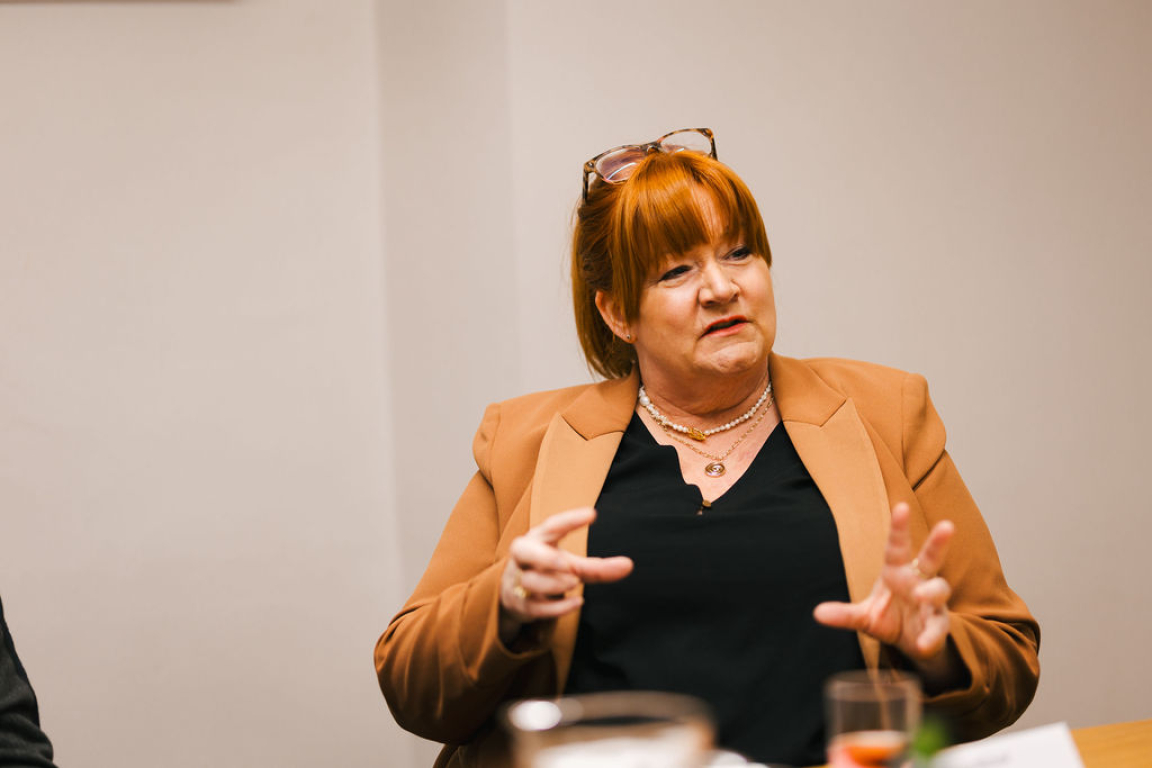
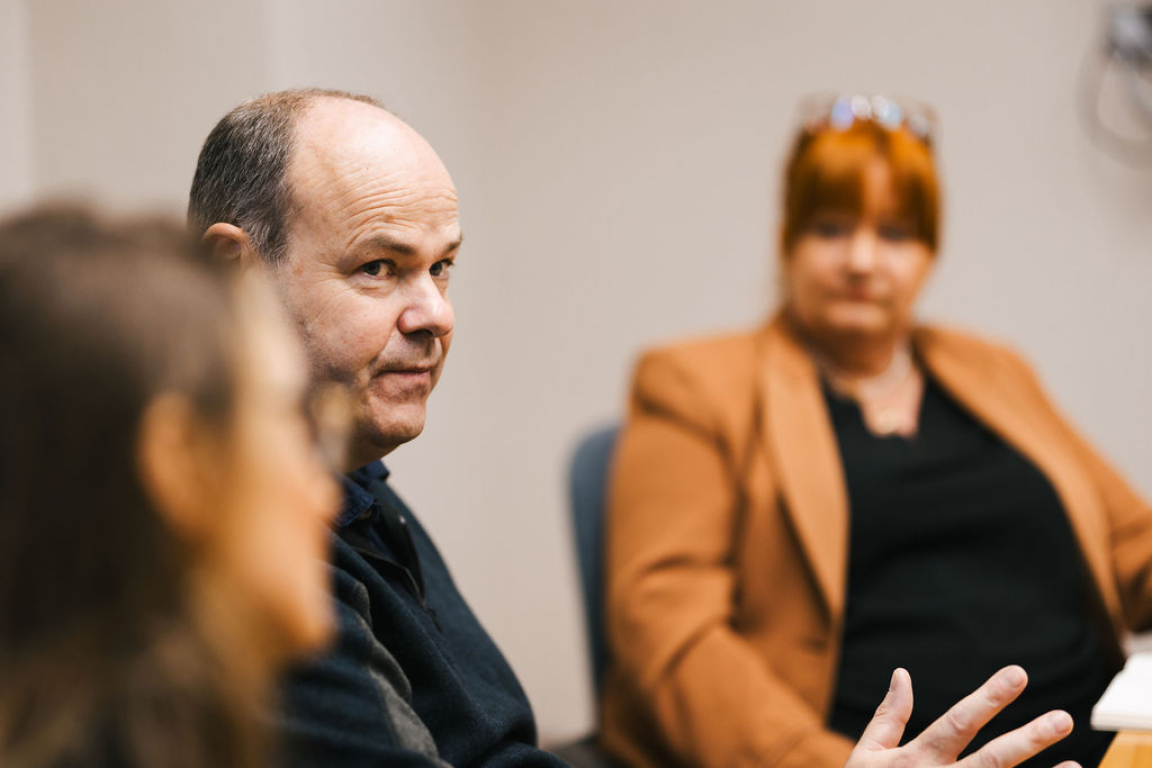
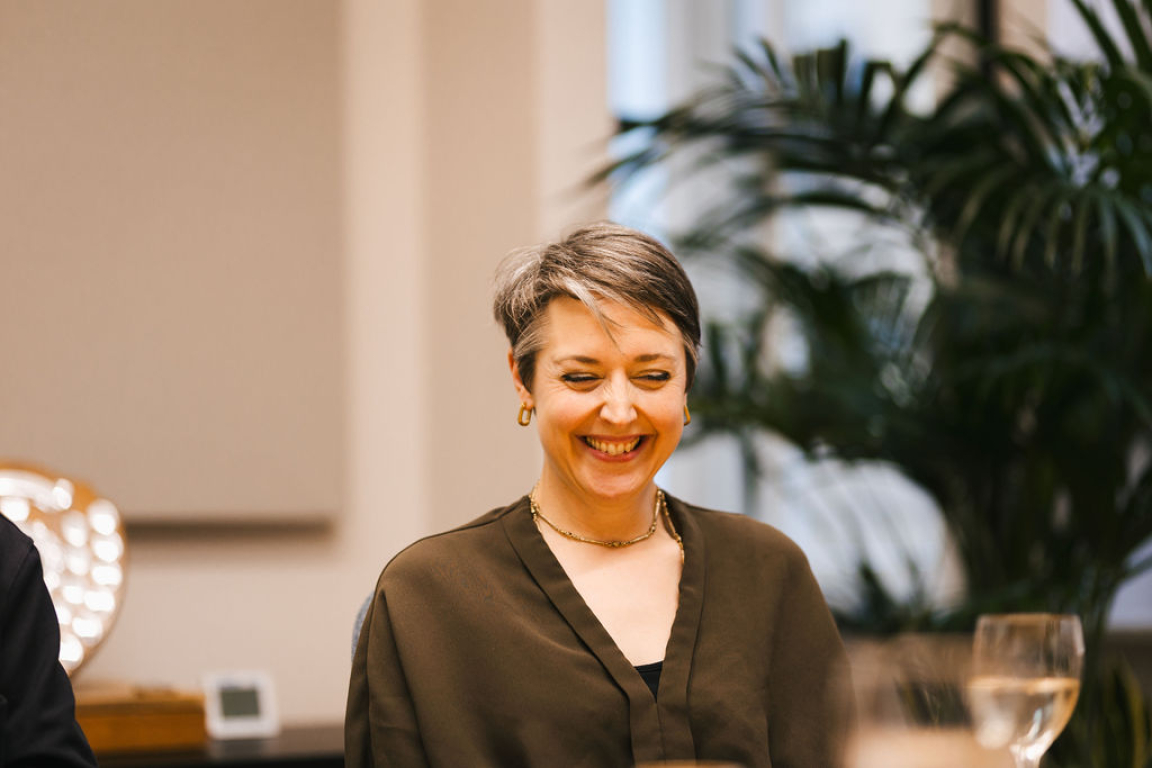
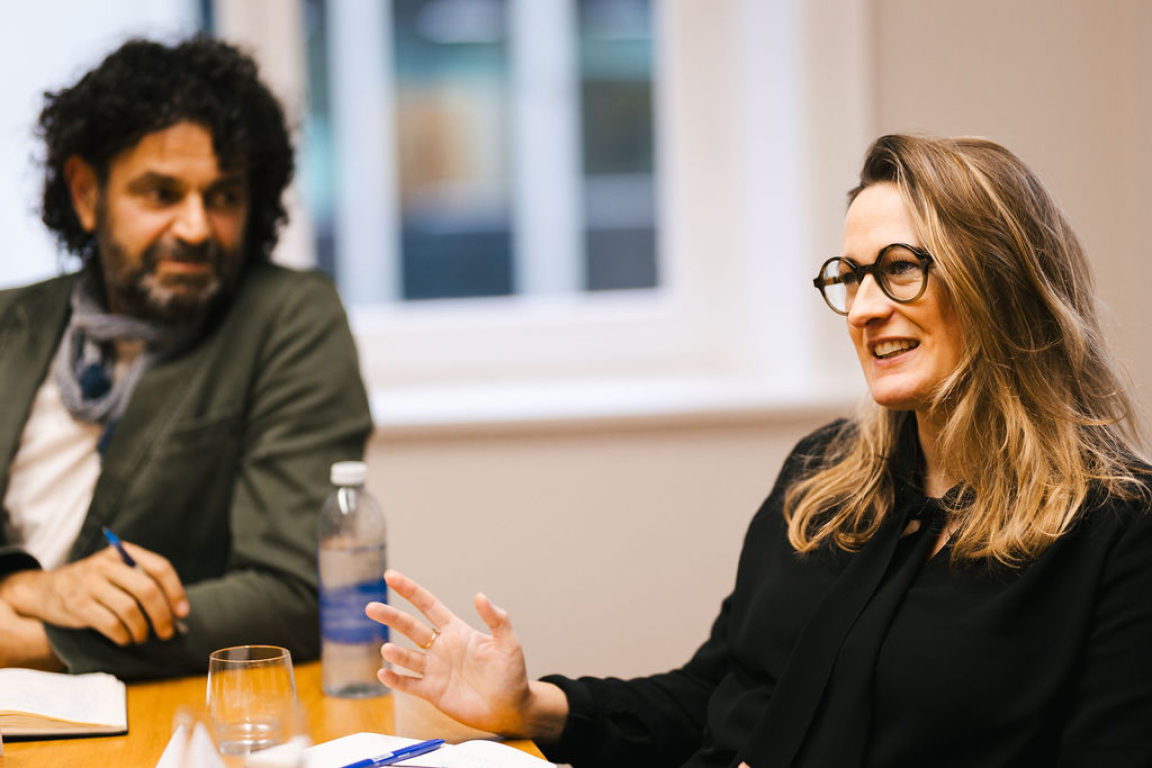
As well as a positive outside perception of the city, areas are also being viewed differently by those who call Glasgow their home. Dennistoun was highlighted as somewhere that previously would not have been considered desirable. But in a recent poll by Furniturebox, it was voted the most stylish place to live in the city. Just a fifteen-minute walk from the centre, it’s garnered much appeal.
“There is great gut perception about Glasgow”, said Alisdair Gunn, director Glasgow City Innovation District.
“Yes”, agreed Sam, “There is a free talking honesty, and a real sense of humour too.”
A hole left by hybrid?
Moving on to who makes up the city centre population, David highlighted that “university retention in Glasgow is 51%” - the best in the UK. “That must be hugely positive in terms of attracting investment?”
Though the guests agreed, Lucy shared a statistic highlighted at the Workplace Trends conference in London, where it was reported that Glasgow has “the lowest return to office rate in the UK. Only 8% utilisation.” So, while the graduates may be staying in principle, they are perhaps not frequenting the city centre on a daily or weekly basis.
“We’ve got fantastic workspaces, but the staff aren’t back. We’ve got this story and vision, across neurodiversity and universal design. But despite these places being designed for them, they aren’t using them. Perhaps it needs time, but why aren’t people returning?”
“There is a positive here though,” responded Nick. “What Covid showed is that people had been working in miserable office environments. And the only way to get people back into the offices, is to make them better environments than being at home.”
Sophie added, “And businesses need to figure out how much workspace they need, but nobody knows how these changes will play out and effect numbers in the workplace. Our graduates are coming into the workforce every day.”
Some felt the statistics were skewed by particular segments such as public sector. But the consensus was that city centre workplaces are needed to bring people together for collaboration.
As in the seminar, tech and renewables were highlighted as fast-growing industries in the city. Bruntwood SciTech’s project at the Met Tower was referred to by Alisdair as “a good thing – bringing something that’s worked in England into Scotland. Connections are being made. Sharing talent across organisations helps. And sharing connections and knowledge across cities. Scotland is a village, and it’s about shaking it up a wee bit, to bring in talent.”
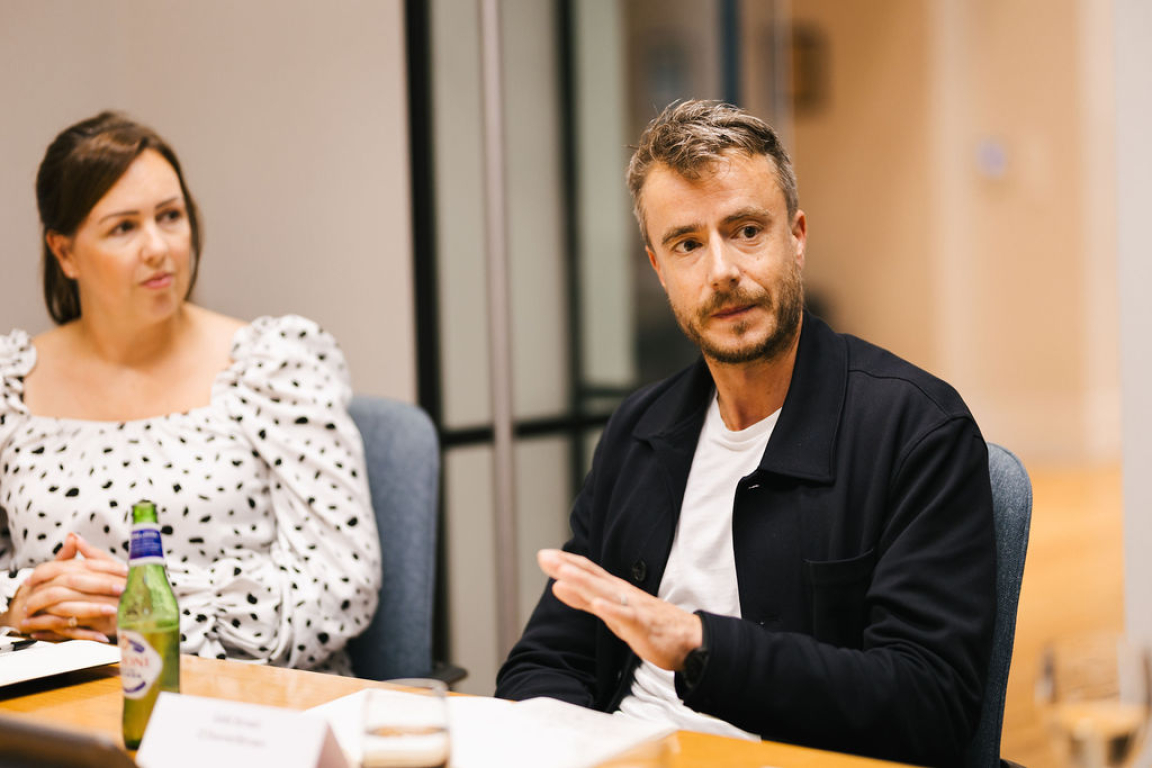
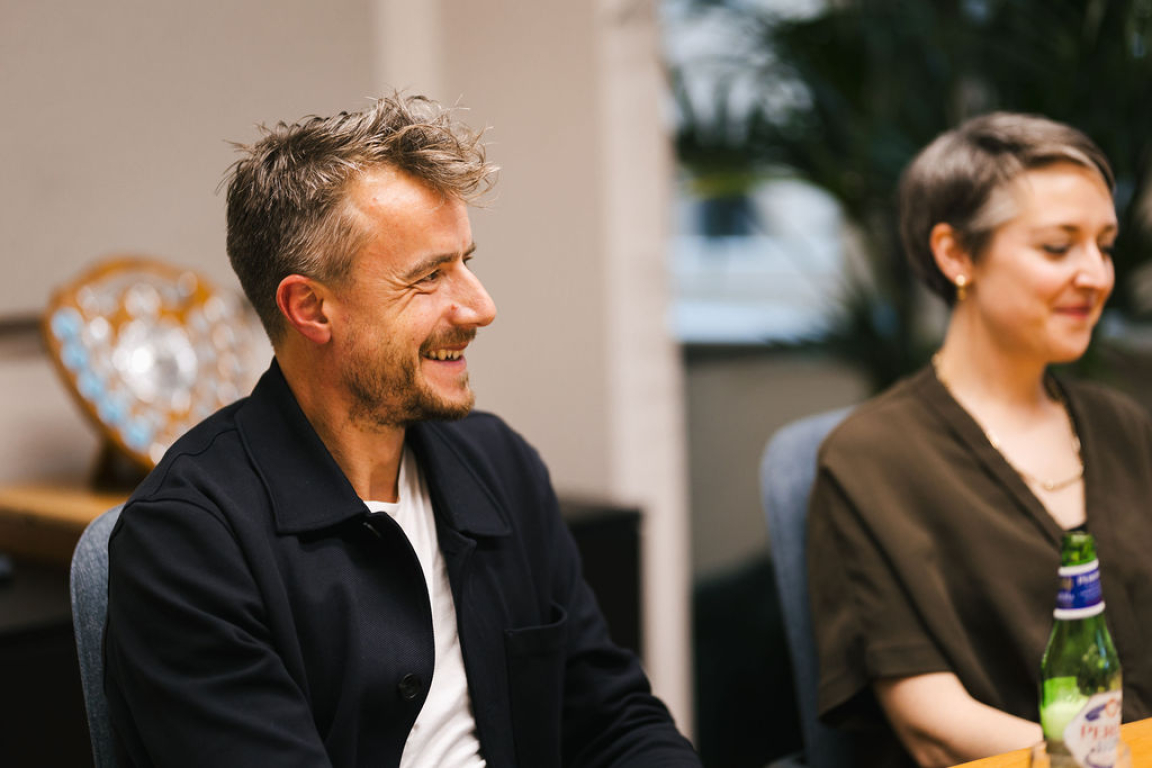
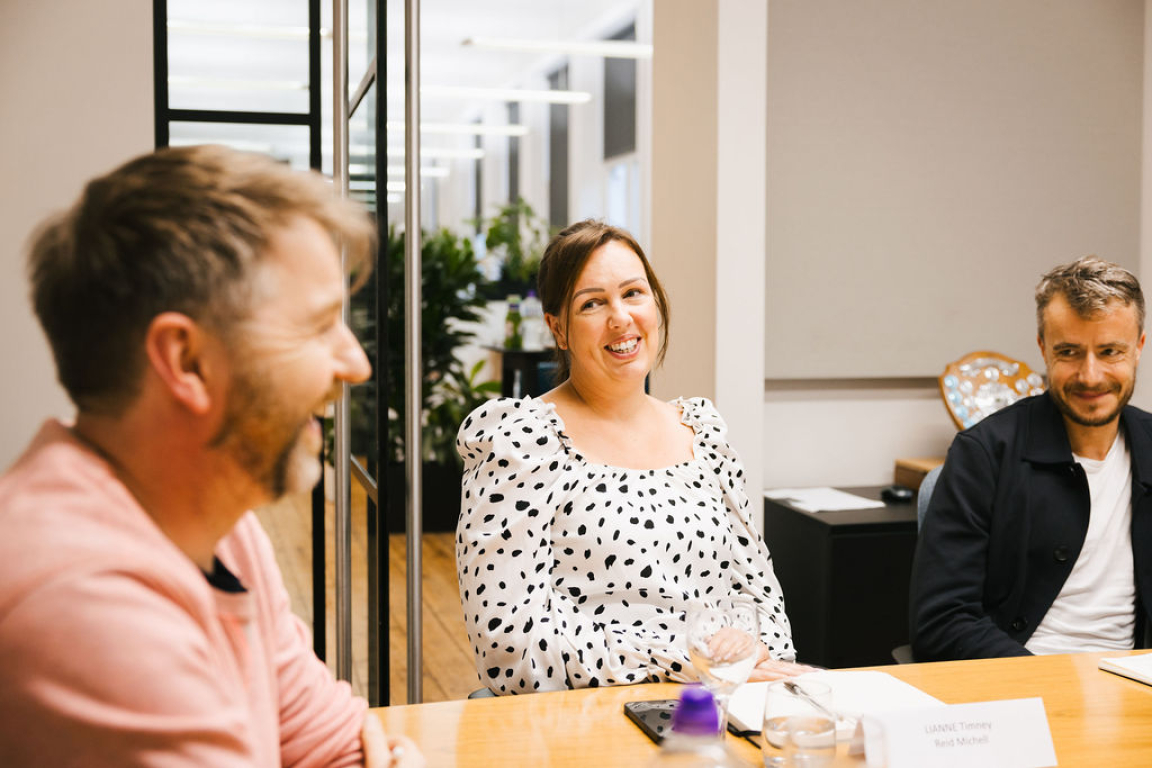
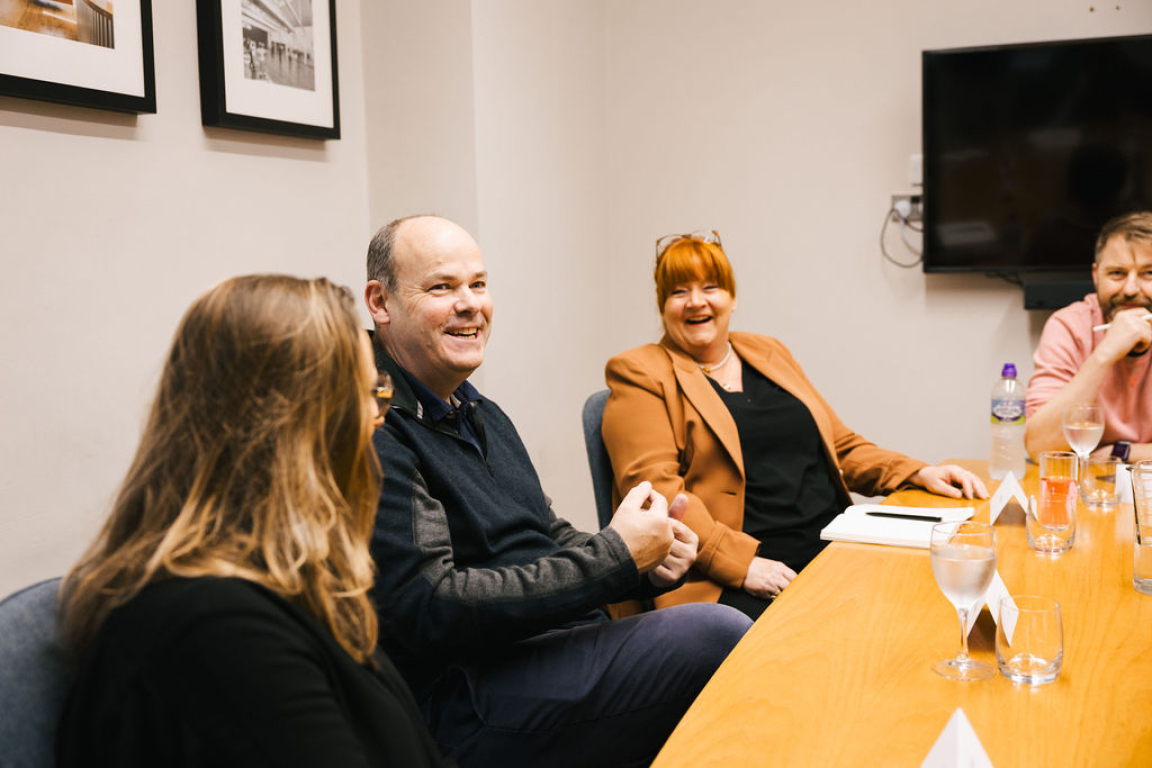
Looking ahead
To close the discussion, for now, David asked, “If you could build anything for Glasgow, what would you build?”
Lucy and Lianne Timney, director, Reid Mitchell, turned their attentions to Glasgow’s river, “A vibrant, active waterfront. We have turned our back to the River Clyde. There’s so much opportunity.”
Considering other cities, many were suggested as having got this right, from Gothenburg to Copenhagen, Seville to Chicago.
Sophie said, “Non-road-based accessibility into the city. Public transport means that are greener and more sustainable.”
Sam also suggested a change to the transport system, “We’ve got so many beautiful buildings in this city already. Something that reoccurs time and time again is the presence of the motorways in Glasgow. I can’t disagree with the future planning of it at the time. But it severs the city and makes everything so far away. I want the city to make confident decisions with public sector infrastructure and transport. Sustainable methods of transport could be enhanced so much.”
“A building for less binary thinking”, said Nick. “We’re always presented with black and white. I just came back from Rotterdam, a city re-built for the car after the war, but which has been adapted to prioritise cycling. There’s no reason why you can’t have cars in Glasgow, you just need more space for bicycles and people. Interestingly, there’s a proposal coming up for the Planning Committee to consider making all motorways in the city centre of Glasgow a 30-mile-per-hour maximum speed limit. Can you imagine the outcry at first? But I think it could be a very positive thing.”
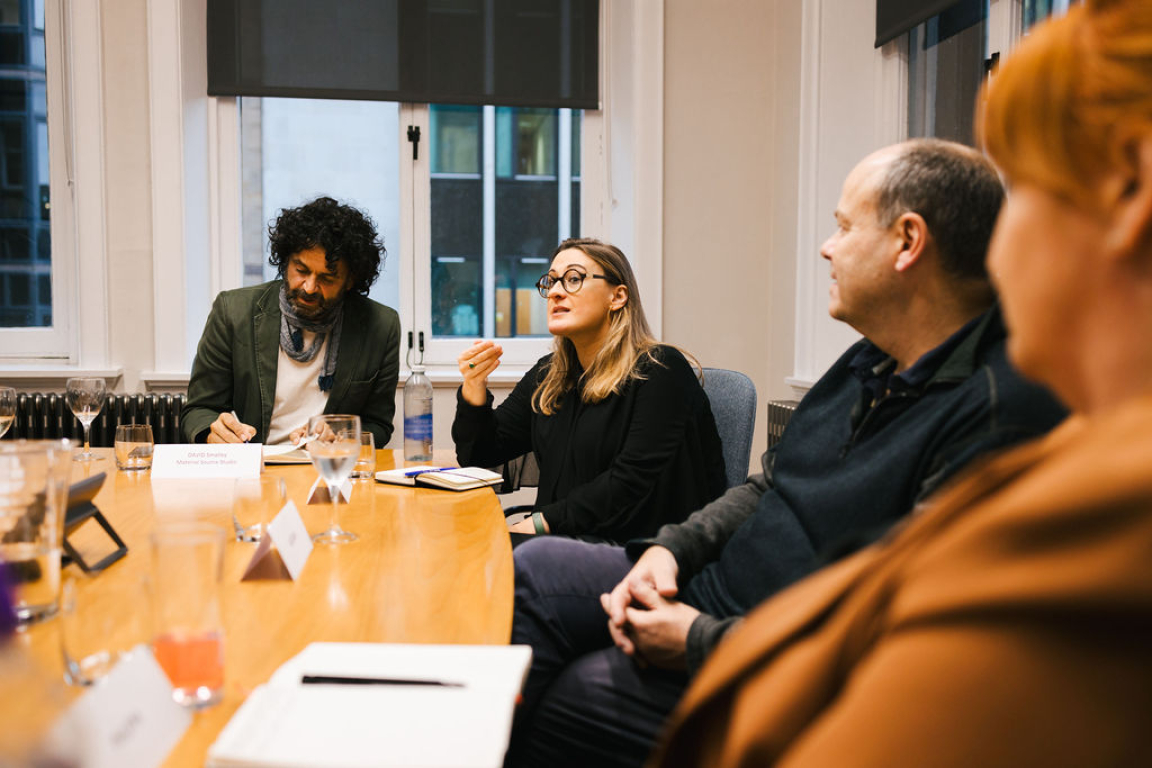
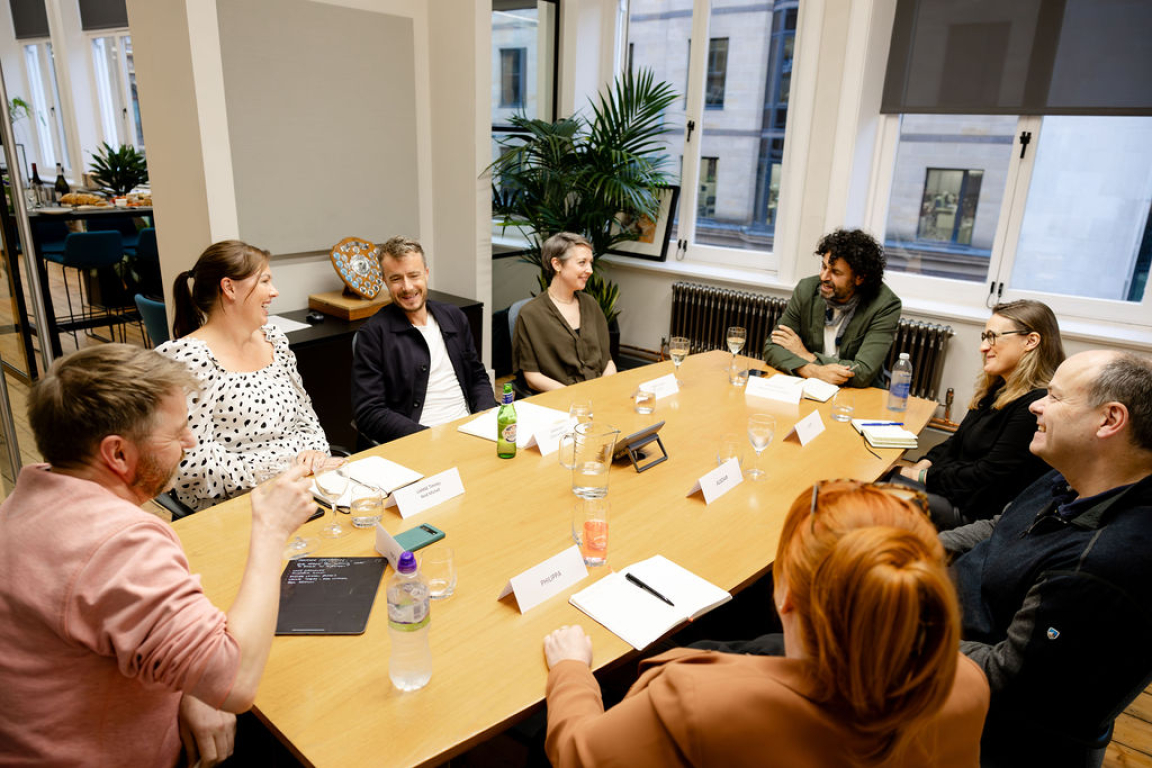
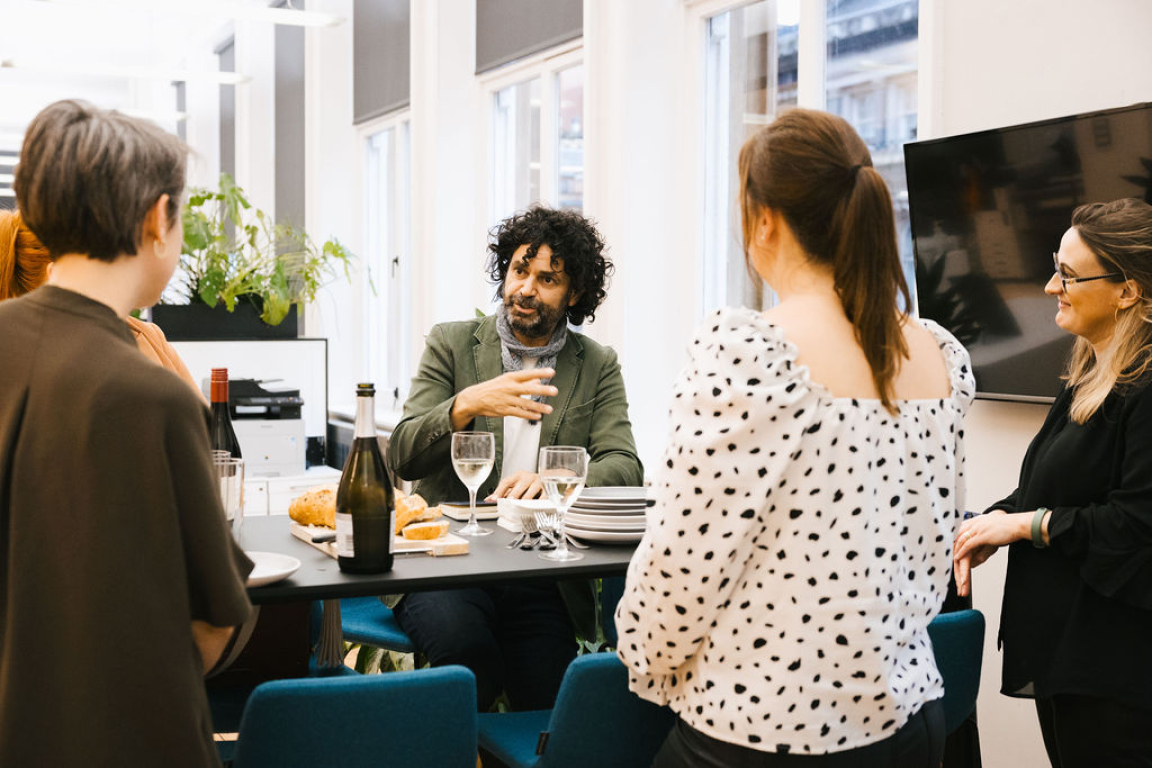
Our thanks go to all our roundtable guests, and our partners and supporters for the evening, Forbo.
All image credits: Lewis Cannon


